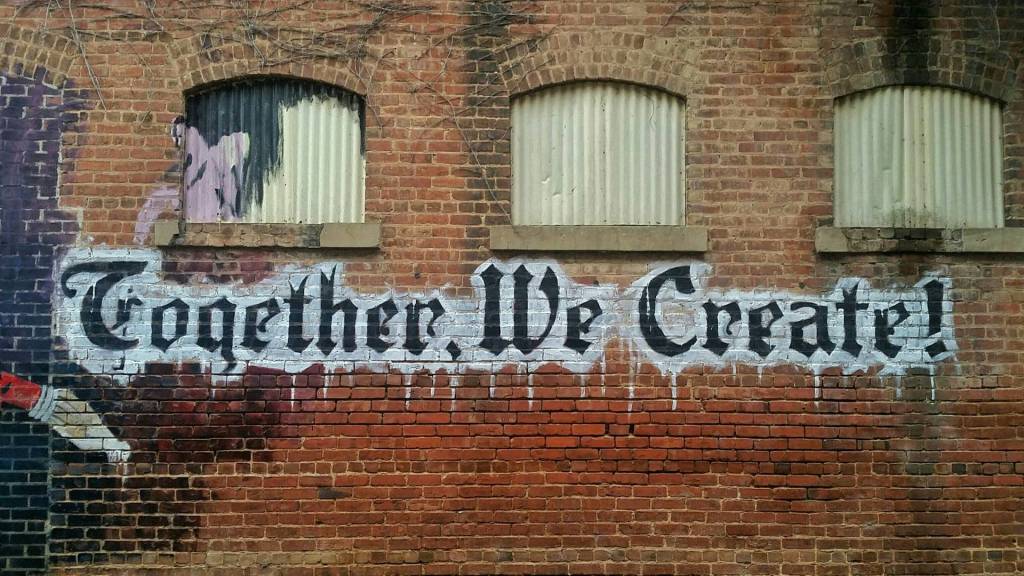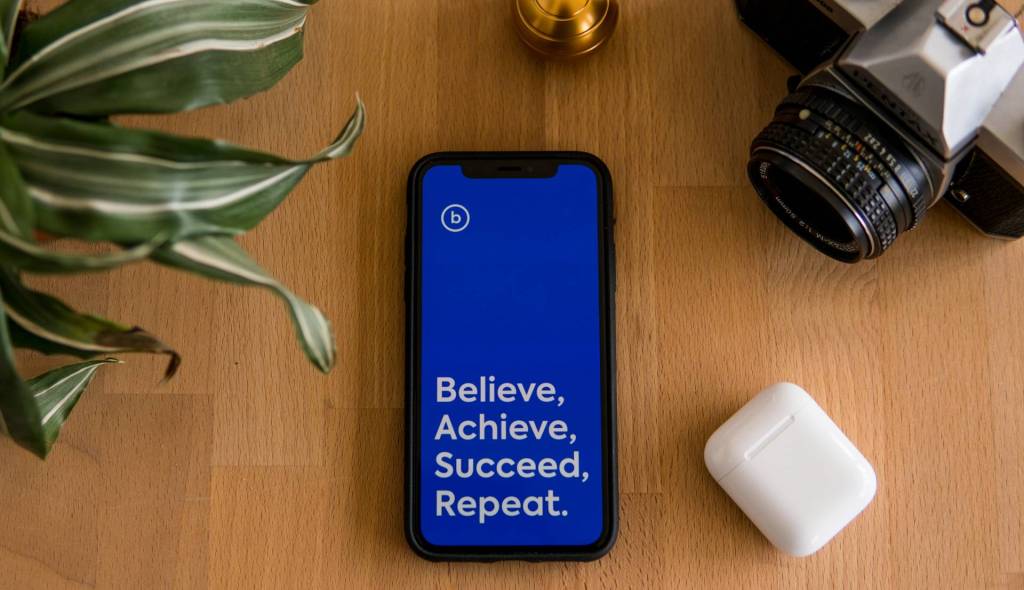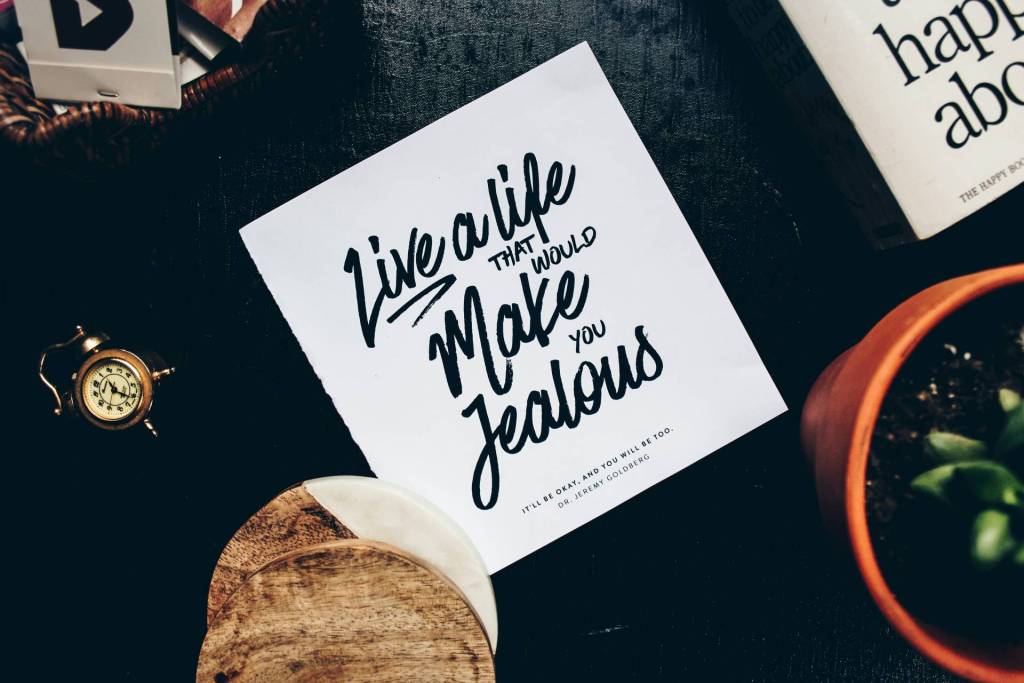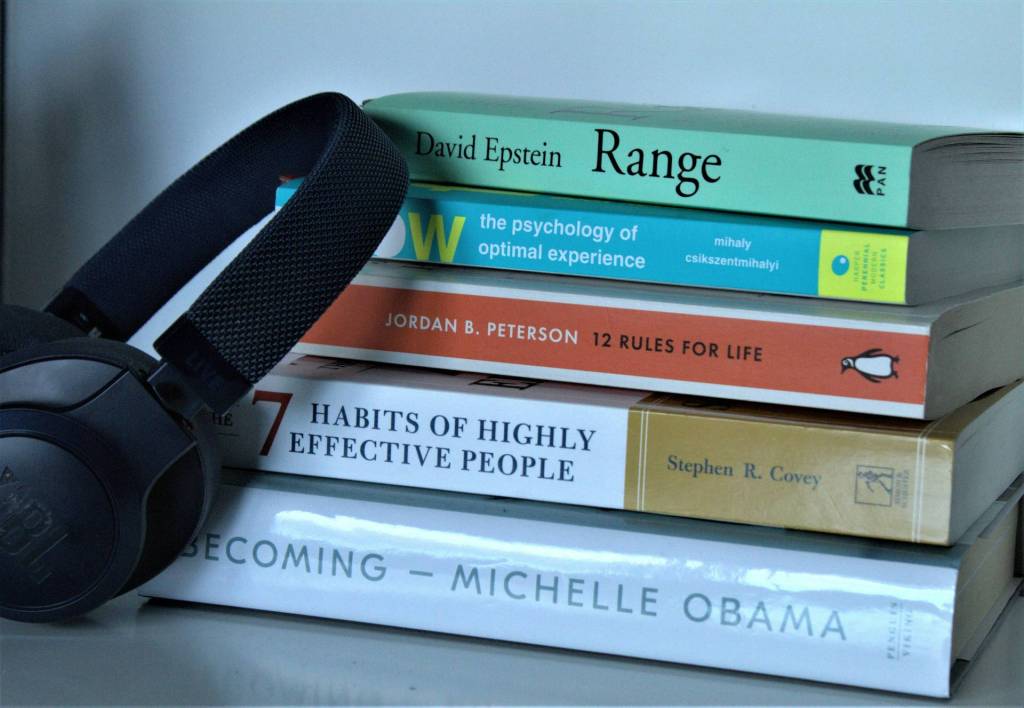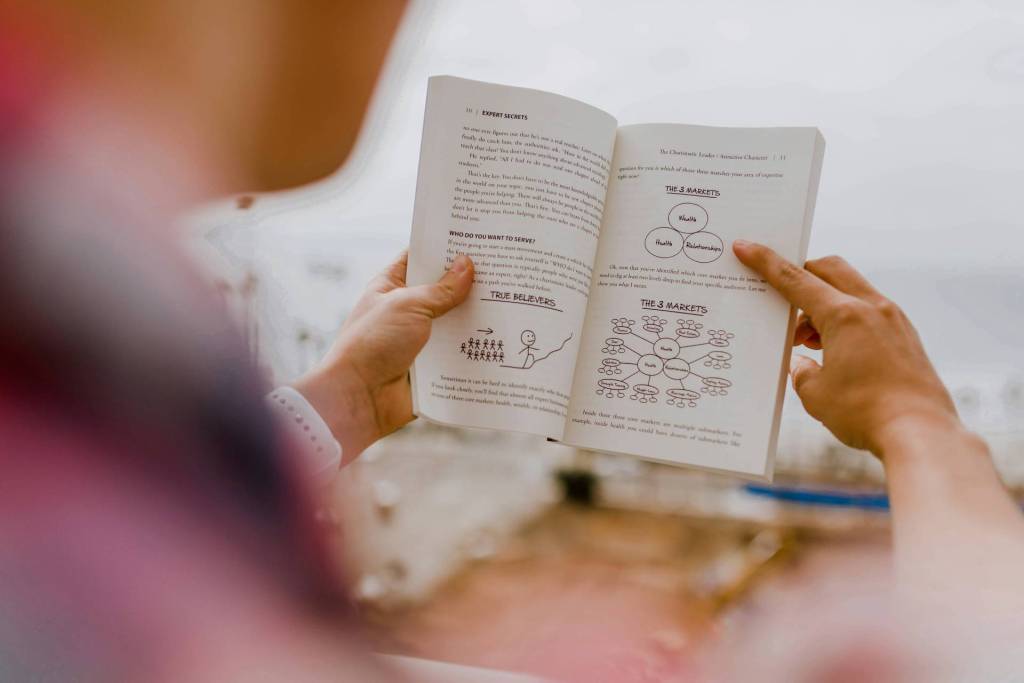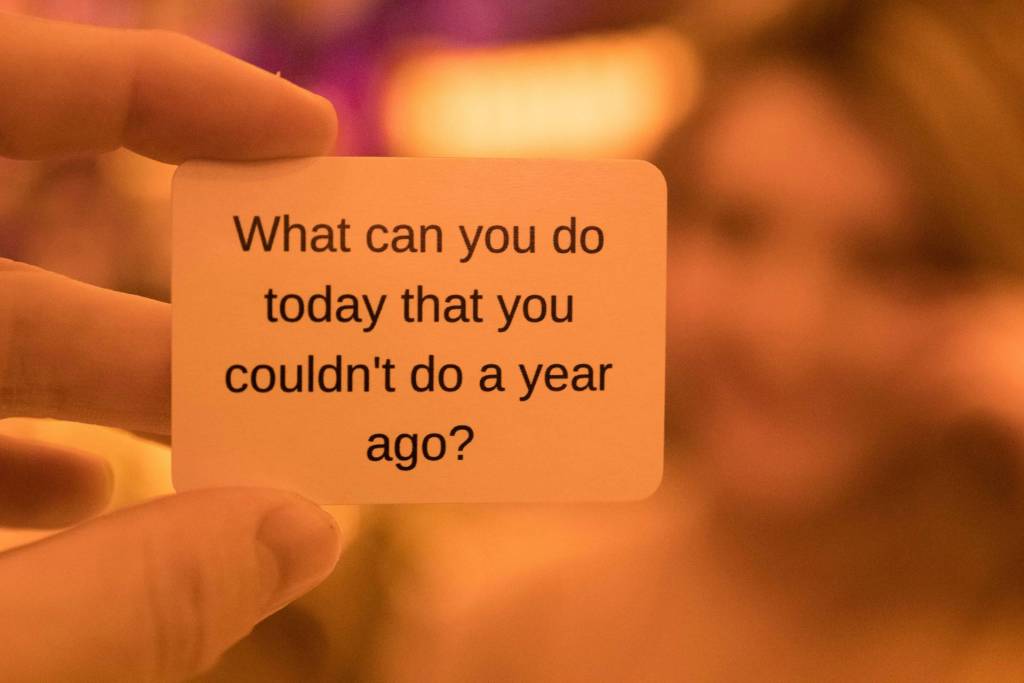I’m organizationally challenged. As result, I’ve read nearly every book and tried all kinds of systems to keep me focused and on track. The problem is that I seem unable to adopt many of the tips and tools suggested by productivity experts. I suspect that there is a gene for organization and productivity. People who have it intuitively keep their spaces organized and get things done efficiently, and those who don’t, like me, struggle. However, I have managed to hack together my own system that fits how I work. If you find yourself unable to use GTD and complicated planners, here are tips to creating your own productivity system.
1. Identify what’s not working in your current system or systems you’ve tried. Do you end up with too many Post-It notes or notebooks filled with ideas that you never refer back to? Do you forget appointments or double-book your time? Are there long-term projects that you don’t make headway on because more urgent tasks consume your time? Do you get a lot of work done, but still run out of time? The key to creating a system that works is to figure out what’s not working.
2. What is your organizational style? I’m one of those people that if it’s out of sight, it’s out of mind. So my style is that I need everything where I can see it. Every task is written down. Items I need to tend to are sitting in a pile on my desk. Although I use many digital tools such as Google Calendar and Evernote, my planner is my own creation that has every task for the entire week. It makes a messier workspace, but it helps me get things done. Your style may be all digital. It may include alarms to remind you when to switch tasks or to make a call or go on an appointment.
3. Knowing your style, develop systems for capturing, prioritizing, filtering, sorting and doing tasks. For example, I use Gmail and have it set up so that it shows me several panes; in-box, to-do, to read and to reply. I use labels, but my mail is only labeled and archived when I’m ready to save it, but don’t need to do anything anymore. Remember, if I can’t see it, I won’t remember to do it. I also keep many tabs open on my browser at a time so I can easily move between email, research, social media etc. Paper is more challenging, but I have a file bin at my desk where I file papers for this year. Papers from last year in another bin. That way I don’t have to get up and go to a file cabinet, which I never did so my papers were always in a huge pile until I dumped them, unorganized into a box.
4. Identify your peak work times. Productivity isn’t just about organization, it’s also about energy management. Focus on getting the most work done during your peak energy times. Put work that doesn’t require a lot of mental focus during times you feel sluggish. For example, once I eat lunch, my energy, and therefore productivity, goes down. So I do all my writing and other high-energy activities before lunch.
5. Find ways to boost energy and motivation. Sometimes you don’t have the option to work when you feel your best. To help you get through, develop tricks to get you going. Play upbeat music, make it game and time yourself or reward yourself when you finish.
6. Use your system. Productivity tips and tools only work if you use them.
7. Tweak your system. You’ll know fairly quickly what’s not working, but because it’s your system, you can change it. Little tweaks here and there will improve your system and productivity.
Productivity is all about doing more in less time. But not all productivity systems and tools work for everyone. Instead of trying to change the way you work to fit a system, which will almost always slow you down, create your own personalized system.

